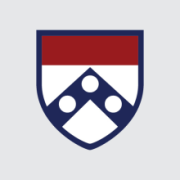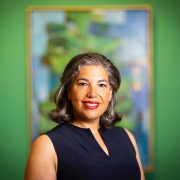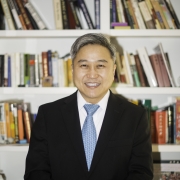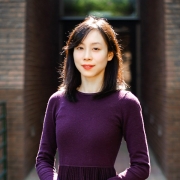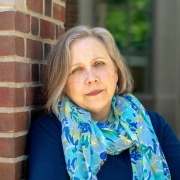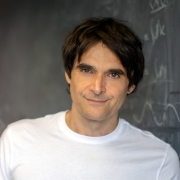Penn Arts & Sciences Magazine: An Illuminating Experience
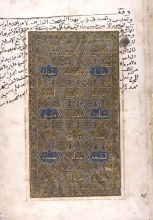
by Blake Cole
It’s not often that an ancient manuscript is signed, sealed, and delivered to a researcher with a record of its copyist, and the date and location of its production. Though seemingly well documented, the 12th-century Seljuk illuminated copy, or mushaf, of the Qur'an is not without its mysteries. “In order to study an artifact with a history this complex, you have to conduct a sort of autopsy,” says Renata Holod, College for Women Class of 1963 Term Professor of the History of Art, and the curator of the Near East Section of the Penn Museum. “This particular Qur'an copy, which came to the Penn Museum in 1927, has been reframed, repasted, and re-envisioned several times.”
In order to deconstruct the history surrounding the text, Holod recruited a group of undergraduate and graduate students— some from the History of Art department, and others from Near Eastern Languages and Civilizations—for a pro-seminar co-taught with Yael Rice, GR’11, a post-doctoral student at Amherst College. “Several of the students involved in the project speak and write Arabic, but even if they don’t, they bring unique and valuable skills,” says Holod. “We have one particular person who is a specialist in Japanese art—she was our paper specialist. Another is an expert in calligraphy, so she has valuable insight into handwriting style. So it’s really about creating a collaborative environment that thrives on teamwork.”
This particular illuminated copy of the Qur'an was produced in Hamadan, Iran in 1164 (559 H). Its pages tell their own unique narrative: Subtle differences in paper texture, shade, and alignment indicate page transplants and repairs, while differences in handwriting, ink color, and writing style reveal that portions of the text and illumination were added centuries after initial production. The careful study of these variables was facilitated first by a careful conservation survey and by initial scientific analyses of inks and colors. Now, high resolution scans of the pages allow the user to zoom in on minute details. The scans, part of the Penn’s Medieval and Renaissance Manuscripts Collection, are available online, free to the public.
The project marked its intermediate stage of study in a two day workshop this past February, during which students, instructors, and conservators presented their findings on a variety of topics that sought to explain some of the mysteries surrounding the age and authenticity of specific elements of the text.
Elias Saba, GR’18, presented on scriptural “commentary” that was added to the book’s pages shortly after its original copying. These commentaries offered invaluable new context to the use of this book. “My interest in this manuscript began in 2008 when several pages of the manuscript were put on display as part of the Historians of Islamic Art Association first Biennial Symposium here at Penn,” says Saba. “It is very rare to have so old a manuscript copy of the Qur'an that is complete and in such good condition. The project really highlights the digital humanities’ ability to reach broader audiences and overcome many of the barriers of the traditional humanities.”
Also in attendance were handpicked specialists on Arabic and Persian manuscripts, including Penn graduates Marianna Shreve Simpson, CW’71, and David Roxburgh, G’91, GR’96. These experts provided crucial commentary on the research. The workshop’s papers are currently being compiled in an e-book, which will be released later this year. A web site is also in the works that will act as a companion resource and show how the manuscript may have changed over time.
To view selections from the illuminated manuscript, click here.
Visit the workshop site.
